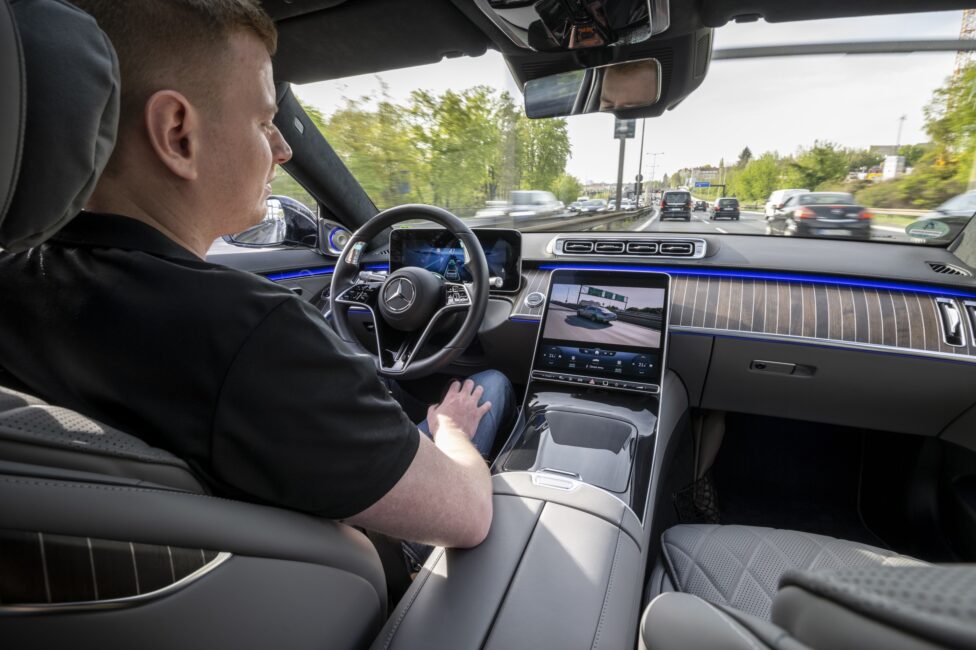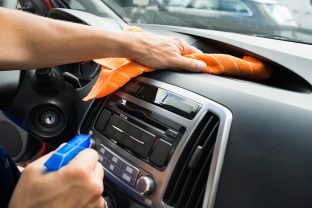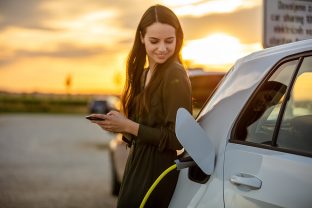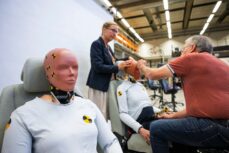With Drive Pilot, Mercedes accelerates on self-driving vehicles

Drive Pilot allows the driver to assign driving tasks to the system under certain conditions and in heavy traffic or congested situations, up to a speed of 60 km/h. This represents a new kind of driving experience because, during this time, the driver can relax or work without having to keep their hands on the wheel or even their eyes on the road. This is the major difference with Tesla’s Autopilot, for example.
Level 3 of automated driving is when the system is able to take control of the car under certain conditions. From then on, the driver no longer has to pay attention to what is happening in front of them on the road and can do something else entirely, such as reading or watching a video. However, at any time an alert may prompt them to take over the controls manually if necessary, so they need to be ready and attentive for that. To achieve this level of automated driving, the Mercedes system uses data from radar, LiDAR (laser detection), cameras, ultrasound and humidity sensors.
While Mercedes is only launching Drive Pilot in Germany for the moment, it’s because it’s not approved anywhere else at the moment. However, the German carmaker is confident that it will soon be launched in the United States, at least in California and Nevada.
6 levels of automated driving
The organization SAE International has defined the different levels of autonomous driving, current and future.
Level 0
At no time does the system take control of the driver. At most, alerts signal blind spots or crossing the edge of a lane.
Level 1
This is the first stage of driving assistance, limited to the management of speed or steering. In all cases, the driver keeps control of everything else.
Level 2
In a more advanced stage, the car can take control of several actions, such as speed and steering at the same time. While the driver theoretically has nothing to do during this time, they must remain vigilant and keep their hands on the wheel.
Level 3
Here, the system takes full control in certain predetermined situations. Unlike Level 2, the driver does not have to be vigilant to the same extent, other than to be ready to take over the controls if necessary. From this level of autonomous driving onwards, the driver can concentrate on other things.
Level 4
As in the previous level, the car can move by itself under certain conditions, but here it does not need the driver at any time. For example, it can park itself and then come back to pick up the driver at a specific location.
Level 5
At this level, the car is fully self-driving, in all situations, and does not need a driver at all.














